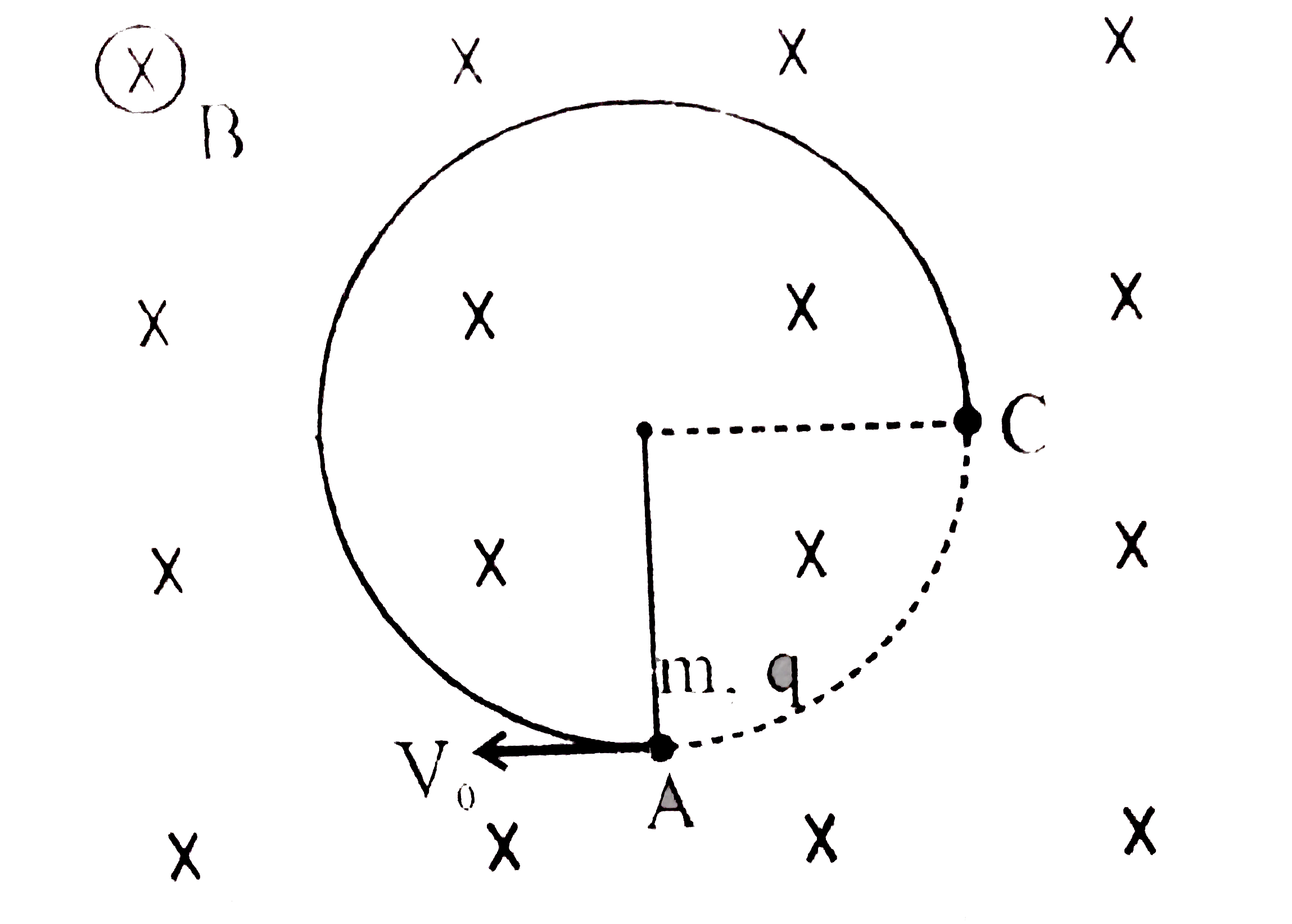In many cells ribosomes occur in chains along messenger RNA. What is the advantage of this arrangement as compared to a situation in which ribosomes occur singly?
Fewer tRNA molecules are used in protein synthesis
Polypeptides can be produced more easily.
A greater variety of polypeptides can be produced
Probability of gene mutation occurring is less
The correct Answer is:B
Step by step video & image solution for In many cells ribosomes occur in chains along messenger RNA. What is the advantage of this arrangement as compared to a situation in which ribosomes occur singly? by Biology experts to help you in doubts & scoring excellent marks in Class 12 exams.
Updated on:21/07/2023Topper's Solved these Questions
Similar Questions
Knowledge Check
The biosynthesis of ribosomal RNA occurs in:
ARibosomesBGolgi apparatusCMicrobodiesDNucleolusThe biosynthesis of ribosomal RNA occurs in:
AGolgi apparatusBMicrobodiesCNucieolusDRibsosomesRead the passage and answer the questions:
Implantation is the embedding of the blastocyst into the endometrium of the uterus. Blastocyst is a ball of cells with a large, fluid-filled cavity called the blastocoel. The blastomeres in the blastocyst are arranged into an outer layer called trophoblast and inner cell mass. With the formation of blastocoel, morula is converted to blastula which is called blastocyst in mammals.
State of embryo development, in which implantation occurs in human female is:AMorulaBZygoteCBlastocystDTransient 3-celled stage
Read the passage and answer the questions that follow:
Simple tissues are also known as ground tissues. They include the tissues known as parenchyma, collenchyma, and sclerenchyma. The parenchyma tissue is composed of parenchyma cells, which are found throughout the plant. They are particularly abundant in the stems and roots. The leaf cells that carry out photosynthesis are also parenchyma cells. Unlike many other plant cells, parenchyma cells are alive at maturity and retain the ability to divide. They perform many functions. Some are special ised for photosynthesis, some for storage, and oth ers for secretion and transport.
Like parenchyma cells, collenchyma cells are alive at maturity. They differ from parenchyma cells in that they have thick cell walls. The col lenchyma tissue is most often found in the form of strands or cylinders of cells in stems and leaves. The thick cell walls of collenchyma cells provide support to these plant structures. The strands of tissues in celery are collenchyma tissues. Even collenchyma cells retain the ability to divide. Sclerenchyma consists of thick-walled dead cells. It possesses extremely thick secondary walls due to uniform deposition of lignin. It provides mechanical strength. The cells may occur singly or in groups and may be long and fibrous or stony.Stone cells (sclereids) are found in seed coats and some fruits (e.g, pear).
What type of tissue accounts for the crunch when you eat celery?
View SolutionRead the passage and answer the questions that follow:
Simple tissues are also known as ground tissues. They include the tissues known as parenchyma, collenchyma, and sclerenchyma. The parenchyma tissue is composed of parenchyma cells, which are found throughout the plant. They are particularly abundant in the stems and roots. The leaf cells that carry out photosynthesis are also parenchyma cells. Unlike many other plant cells, parenchyma cells are alive at maturity and retain the ability to divide. They perform many functions. Some are special ised for photosynthesis, some for storage, and oth ers for secretion and transport.
Like parenchyma cells, collenchyma cells are alive at maturity. They differ from parenchyma cells in that they have thick cell walls. The col lenchyma tissue is most often found in the form of strands or cylinders of cells in stems and leaves. The thick cell walls of collenchyma cells provide support to these plant structures. The strands of tissues in celery are collenchyma tissues. Even collenchyma cells retain the ability to divide. Sclerenchyma consists of thick-walled dead cells. It possesses extremely thick secondary walls due to uniform deposition of lignin. It provides mechanical strength. The cells may occur singly or in groups and may be long and fibrous or stony.Stone cells (sclereids) are found in seed coats and some fruits (e.g, pear).
Which type of tissue is responsible for the hardness of the coconut shell?
View SolutionAn organism is reproducing by asexual method of reproduction. The organism splits into two identical daughter cells. This happens when the cellular organism reaches to its maximum size of growth and then the nucleus of the organism elongates and divides into two parts. After that the cytoplasm also divides into two parts along with cell.
Which of these statement is not a feature of asexual reproduction ?
a) No meiosis occurs
b) New individuals are genetically identical to the parents.
c) Offsprings are clones of parents.
d) Two individuals of different sexes involved.
View SolutionA small ball of mass m and charge q is attached to the bottom end of a piece of negligible mass thread of length l, whose top end is fixed. The system formed by the thread and ball is in vertical plane and is in uniform horizontal magnetic field B, which is perpendicular to the plane of figure and points into the paper

The ball is started with a velocity v0 from lower most point of circle in a direction perpendicular both to the magnetic induction and to direction of thread. The ball moves along a circular path such that thread remains tight during the whole motion. Neglect any loss of enery.
What is the magnitude of magnetic induction B, if the minimum initial speed at which the described motion of ball (complete vertical circular motion) occurs is V0=12√17gL
View SolutionThis question consists of two statements each: assertion (A) and reason (R). To answer this question, mark the correct alternative as directed below.
Assertion: Ribosomes occur in both plant and animal cells.
Reason: They play a role in respiration.
View Solution
